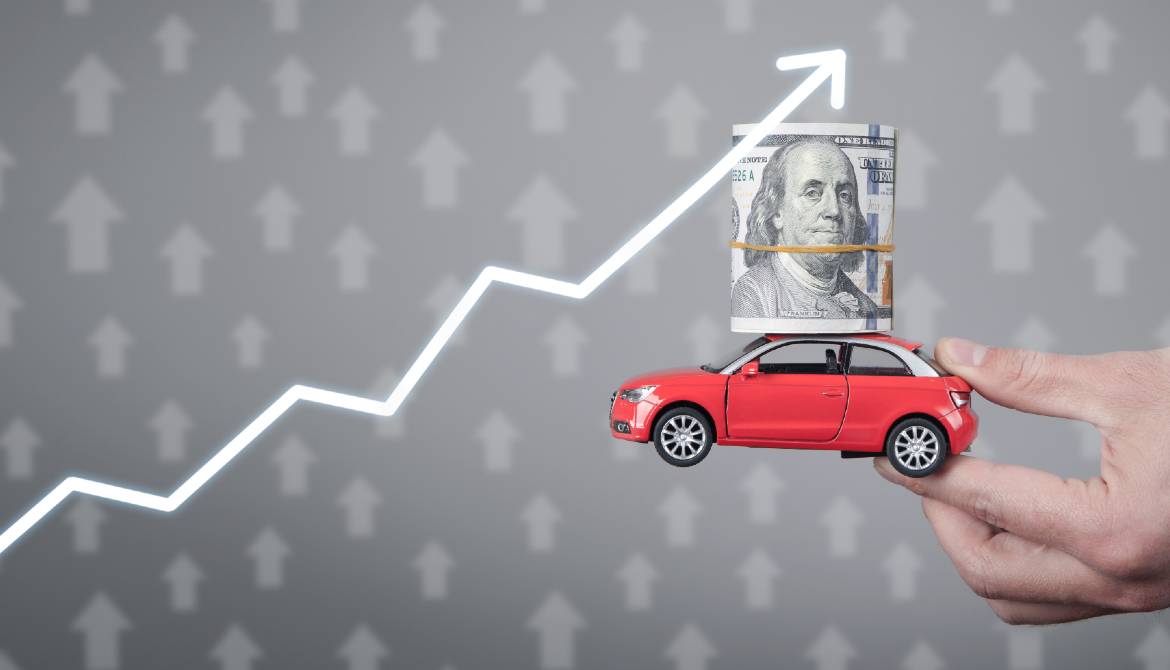3 minutes
Some members may manage rising costs by cutting their auto insurance. Here are options for mitigating this risk.
The last two and half years have revealed flaws in the just-in-time and as-needed production approaches used in many industries. Additionally, inventory supply and demand were shifted drastically as many of us moved to a work-from-home environment. Earlier predictions manufacturers had for 2020 and beyond were incorrect. Hindsight is always 2020.
Solutions take time, resources and money, and this inevitably leads to rising costs in the immediate and near future. In other words, the options industries have are to either 1) wait it out and raise prices to compensate for current conditions or 2) initiate a change in their supply chain methods and raise prices to compensate for the costs of development. Either way, prices are inflating and will continue to rise. We know that those directly impacted by inflation (including all lower- to middle-class Americans) alter their consumption, investment choices and spending habits in response.
The Biggest Blind Spot: The Average American Cannot Fulfil Their Daily Needs Without a Car
Economic stimulus tactics are now a thing of the past and the grace periods many lenders implemented on auto and other consumer loans have also ended. At the same time, more employees have returned to work and again must bear the cost of gas, transportation, childcare and workplace commutes.
To add to this consumer budget crunch, there is also a shortage of the parts necessary to produce new vehicles for workers to drive. Used car demand is increasing as new car inventories sit on hold due to the international semiconductor chip shortage. Unfortunately, people who need a car don’t have the luxury of waiting for car prices to decrease—they will pay whatever they can afford. According to Kelly Blue Book, price decreases may be a long way off even when chip inventory recovers.
Something has to give as these individuals struggle to save where they can. Unfortunately, many may choose to cut the cord on auto insurance.
A Simple Solution
Fast, accurate insurance tracking is critical—but monitoring alone is not enough. Research has shown that merely tracking who is covered and who is not does not effectively or reliably change member behavior. Unless there is some consequence for noncompliance, many are unlikely to take the initiative to purchase a policy just because of letters or phone calls from their credit union.
Collateral protection insurance provides a solution by giving credit unions more control over helping mitigate the risk they incur when offering vehicle loans to members. Because CPI can be helpful during all economic circumstances, it serves as both a short-term and long-term security measure.
How does CPI compare to blanket and self-insurance? What are the pros and cons of each and what major areas of risk mitigation should your credit union consider when determining which type of program is right for your credit union? And finally, what areas should you look for when selecting a CPI partner?
Our free eBook offers a detailed explanation of the three methods of portfolio protection available to your credit union—self-insurance, blanket coverage and CPI—and more information about how CPI offers unique advantages in mitigating the risks of lending in an inflationary environment.
John Pearson is EVP/national sales manager of CUESolutions provider State National, where he is responsible for all aspects of the sales of collateral protection insurance to lenders across the country. Pearson works closely with automobile lenders and collectors throughout the country, is an expert in the CPI arena, and is a frequent speaker at various lending conferences. He holds a master’s degree in industrial psychology and has held leadership positions in organization development and recruitment as well as sales and marketing.





